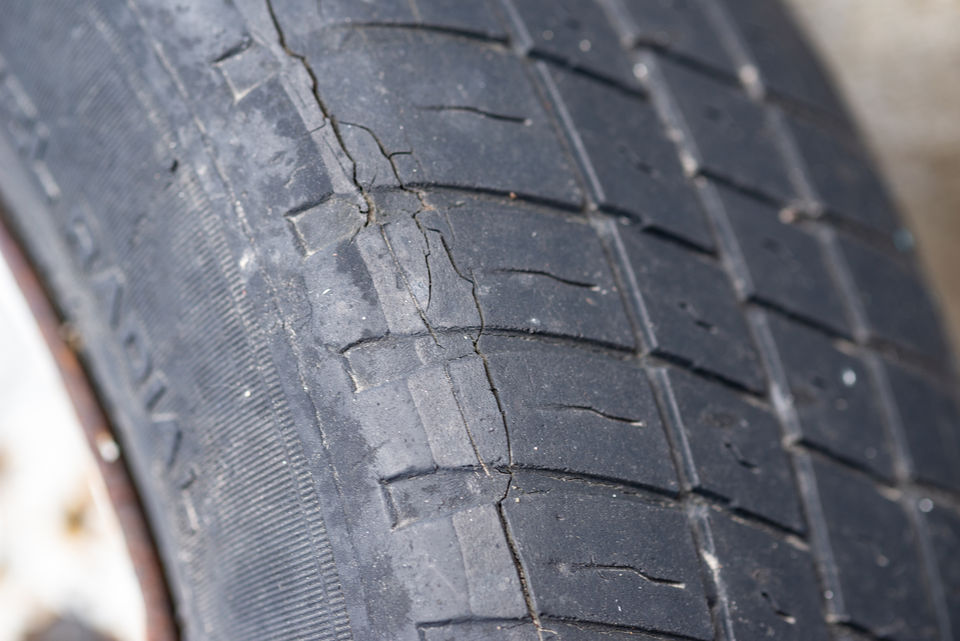
Tyre Dry Rot - What Is It? What Causes It? How To Prevent?
Have you ever noticed your car’s tyres showing signs of wear and tear, even if they haven’t been used extensively?
Chances are, you’re dealing with a phenomenon called tyre dry rot. This sneaky culprit can significantly impact the performance and lifespan of your tyres.
In this article, we’ll delve into what exactly tyre dry rot is, what causes it to occur, and most importantly, how you can prevent it from affecting your precious wheels.
What Is Tyre Dry Rot?
Tyre dry rot, also referred to as sidewall cracking, is a condition where the rubber material of a tyre starts to deteriorate due to exposure to various environmental factors.
Over time, the tyre’s rubber can become brittle, leading to the formation of cracks and fissures on the sidewall.
These cracks not only compromise the structural integrity of the tyre but can also increase the risk of blowouts, especially at high speeds.
What Causes Tyre Dry Rot
Several factors contribute to the development of tyre dry rot.
The most significant factor is prolonged exposure to the sun’s ultraviolet (UV) rays. UV rays cause the rubber compounds in the tyre to break down, resulting in the formation of cracks.
Additionally, excessive heat, fluctuating temperatures, and the ozone in the air can accelerate this process. Poor maintenance practises, such as infrequent cleaning and applying tyre protectants, can also exacerbate dry rot.
How to Prevent Tyre Dry Rot
Keep Your Tyres Clean
Regularly clean your tyres using mild soap and water to remove dirt, debris, and harmful chemicals that can contribute to dry rot.
Apply Tyre Protector
Use a quality tyre protector that contains UV blockers. Apply it to your tyres after cleaning to create a protective layer that shields the rubber from harmful UV rays.
Store Your Vehicle Properly
If your vehicle will be parked for an extended period, consider using tyre covers or parking it in a garage to shield the tyres from direct sunlight.
Maintain Proper Tyre Pressure
Underinflated tyres can generate excess heat, accelerating the dry rot process. Regularly check and maintain the recommended tyre pressure.
Drive Your Vehicle
Tyres that are frequently used and in motion are less likely to develop dry rot. Driving your vehicle prevents the rubber from becoming stagnant and helps distribute the tyre’s protective compounds.
Conclusion
Tyre dry rot is a common issue that can compromise the safety and performance of your vehicle.
Understanding the causes behind it and taking proactive steps to prevent it are essential for prolonging the life of your tyres.
By following proper maintenance practices and taking protective measures, you can significantly reduce the risk of tyre dry rot.

Louis
I'm Louis, an engineer passionate about helping Australians choose better tyres for their vehicles!
